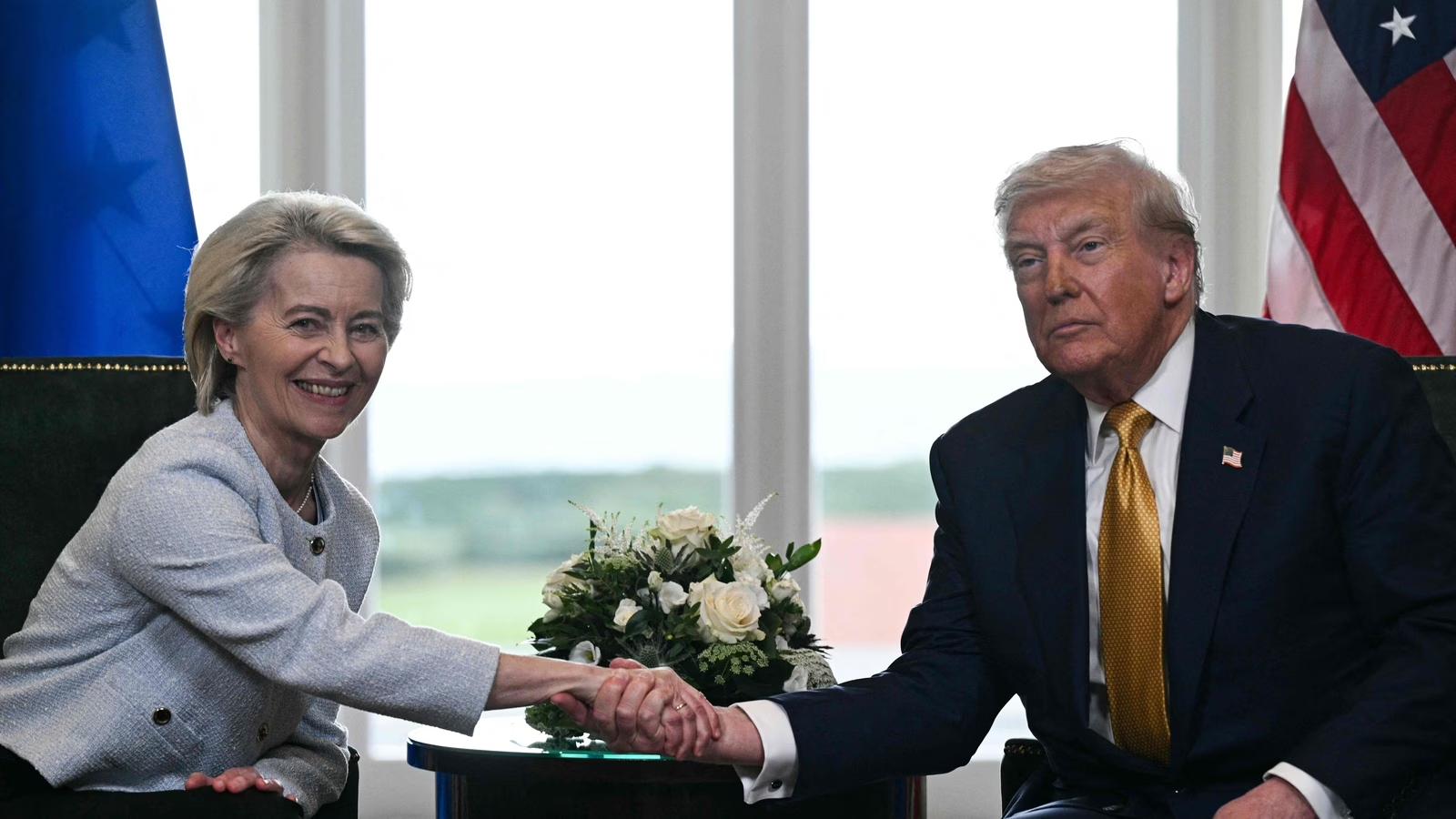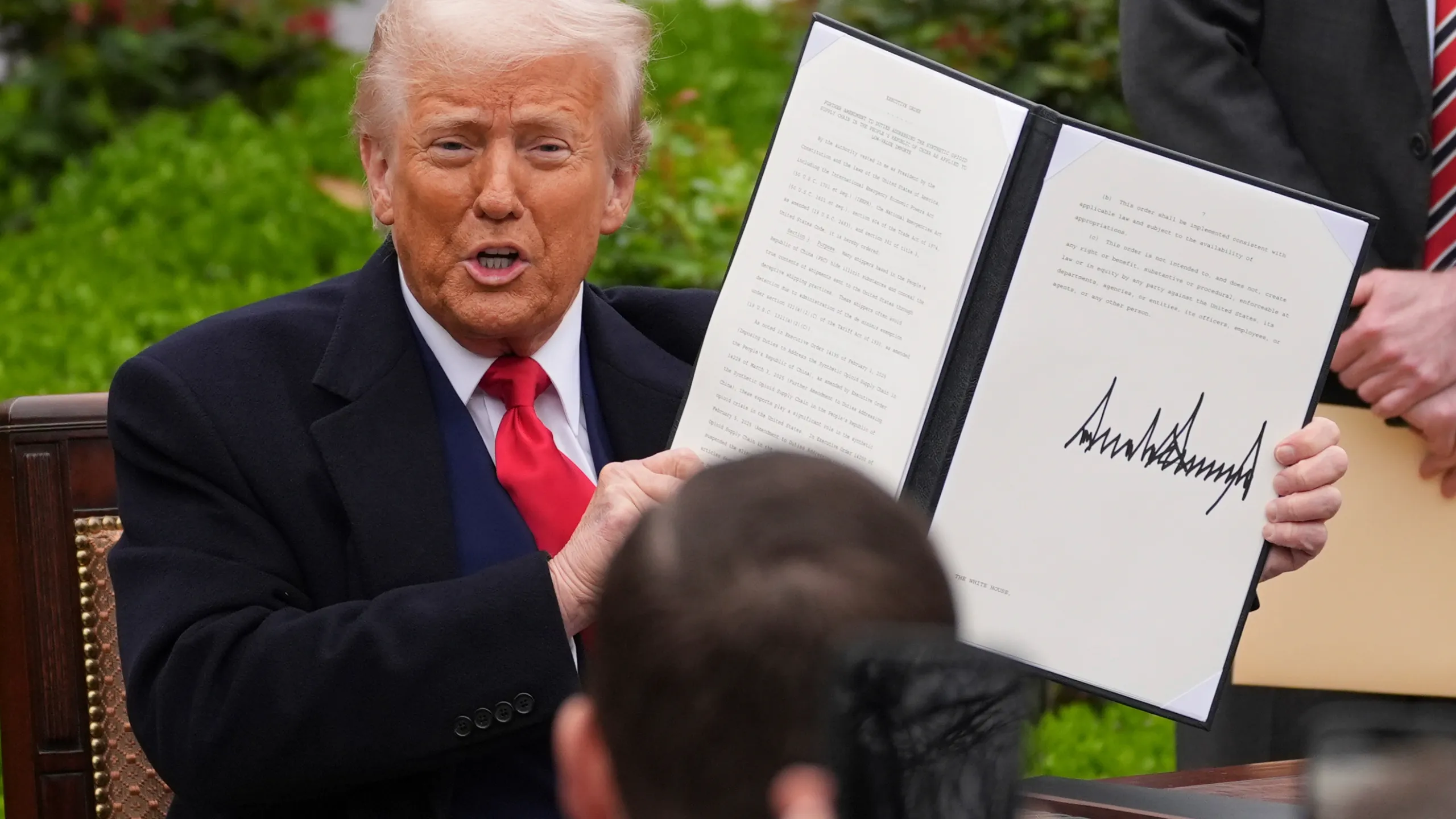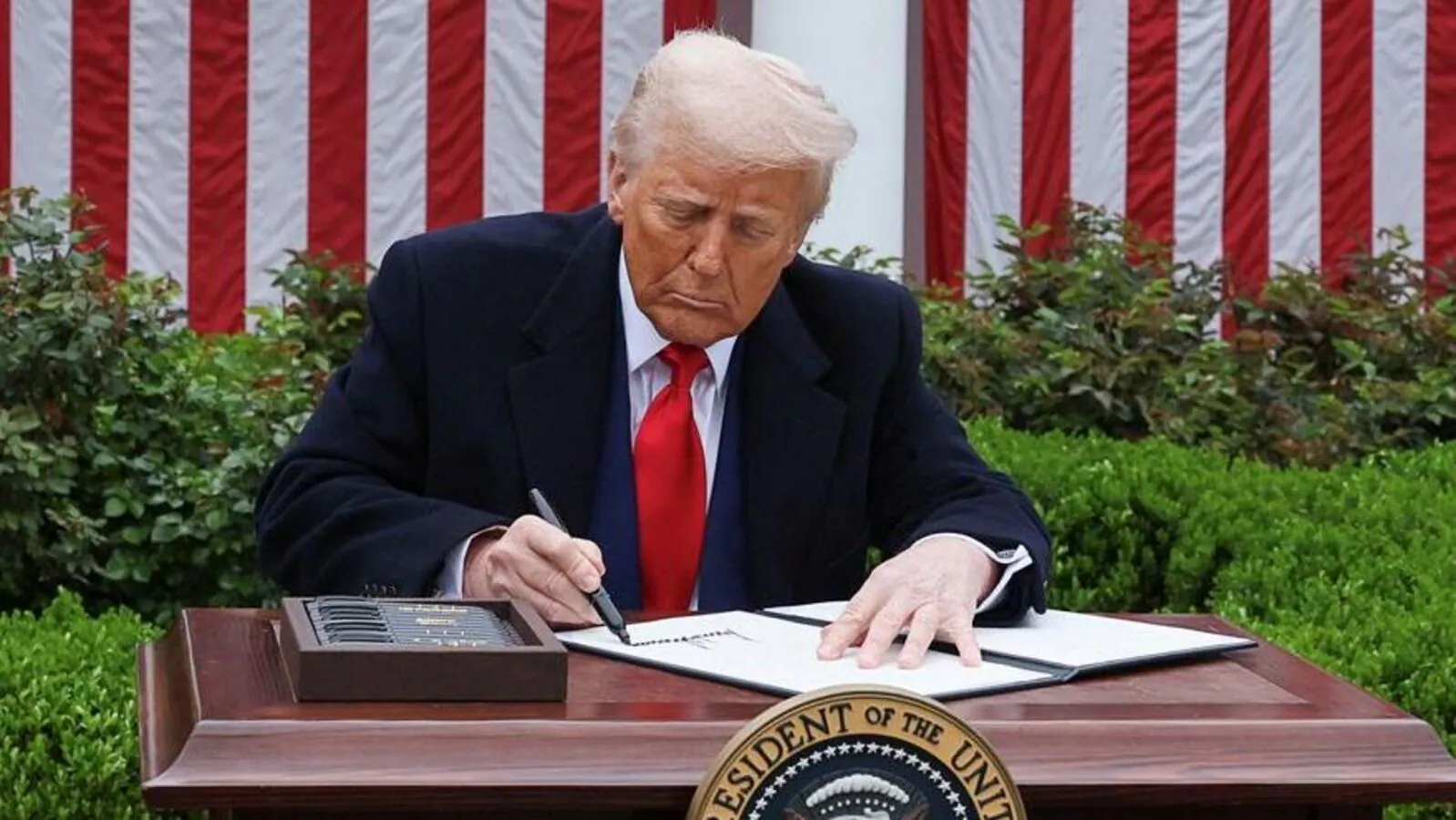
The landscape of international trade has been significantly influenced by political decisions, economic strategies, and diplomatic negotiations. One of the most noteworthy developments in recent years has been the agreement between the United States, under President Donald Trump, and the European Union (E.U.) to impose a 15% tariff on certain imports. This move marks a pivotal shift in transatlantic trade relations, reflecting both economic protectionism and strategic considerations. However, unlike blanket tariffs, this agreement carries specific exceptions for key industries, highlighting a nuanced approach aimed at balancing economic interests and geopolitical priorities.
The Genesis of the Tariff Agreement
In the wake of ongoing trade tensions, the Trump administration sought to renegotiate existing trade frameworks with the E.U. to safeguard American interests and address persistent concerns over trade deficits, intellectual property rights, and fair competition. The targeted 15% tariff was initially conceived as a means to leverage pressure on European markets, incentivizing reforms and adjustments beneficial to U.S. economic ambitions.
Sources such as NBC News detail these negotiations and strategic moves, emphasizing both economic and political undercurrents that influenced the final agreement.
The Key Elements of the Agreement
Imposition of a 15% Tariff
The core of the agreement involves the application of a uniform 15% tariff on a wide array of goods imported from the E.U. This escalation aims to recalibrate trade balances and incentivize European counterparts to address American concerns. The tariff level is significant, representing a substantial increase in the cost of certain imports, thereby potentially impacting prices, supply chains, and corporate strategies on both sides.
Exceptions for Critical Industries
While the 15% tariff coverage appears comprehensive, negotiations recognized the importance of key industries vital to both the U.S. and the E.U. economies. These strategic sectors have been granted exemptions, allowing them certain leniencies to mitigate economic disruptions. These industry exceptions are a testament to the careful balancing act undertaken during negotiations.
- Automotive Sector – Recognized as a cornerstone of European industry, the automotive sector is often at the heart of U.S.-Europe trade talks.
- Aerospace and Defense – High-value, technologically advanced industries that are crucial for national security and economic growth.
- Agriculture and Food Products – Sensitive to tariffs due to their importance in trade balances and rural economies.
- Pharmaceuticals and Medical Equipment – Essential for healthcare and innovation; thus, granted certain protections.
The Rationale Behind the Exceptions
The inclusion of industry exceptions reflects strategic considerations that transcend traditional tariff policies. Both the U.S. and the E.U. are aware of the potential adverse impacts such tariffs could have on their economies if broadly applied. By safeguarding key sectors, both sides aim to:
- Protect critical supply chains: Ensuring key industries remain unaffected to prevent disruptions.
- Maintain economic stability: Avoiding negative repercussions that could lead to inflation, unemployment, or economic downturns.
- Foster diplomatic goodwill: Demonstrating a willingness to negotiate and adapt to economic realities.
- Political leverage: Retaining flexibility to revisit or adjust tariffs in response to future developments or negotiations.
This strategic approach underscores a recognition that a blanket tariff policy might be counterproductive, especially when dealing with complex industries intertwined with national security and technological innovation.
Implications for Global Trade and Diplomatic Relations
Economic Impact
The imposition of tariffs, even with key industry exemptions, signals a shift toward protectionist policies that could reshape global supply chains. Companies heavily reliant on transatlantic trade may face increased costs, prompting shifts in sourcing and manufacturing. Consumers might see higher prices for affected goods, especially in sectors where exemptions are limited or non-existent.
Political and Diplomatic Ramifications
This agreement acts as a barometer of U.S.-E.U. relations. While tariffs can serve as leverage in negotiations, they also risk escalating into broader trade conflicts if not managed carefully. The exemptions indicate an effort to keep dialogue open, avoid punitive economic measures, and foster cooperation on future challenges such as climate change, technological innovation, and regional security.
The Road Ahead
While this agreement represents a significant milestone, it is by no means the end of ongoing negotiations. Both the U.S. and the E.U. are likely to revisit, refine, or renegotiate aspects of this pact, especially as global economic and geopolitical landscapes evolve. Industry stakeholders will need to adapt quickly to changing tariffs, and policymakers must balance economic interests with diplomatic relations.
Moreover, other global powers, including China and Russia, are watching these developments closely. The U.S.-E.U. trade relations could set a precedent influencing international trade norms, tariffs, and diplomatic strategies in the years to come.
Conclusion
The recent agreement between President Trump and the European Union to impose a 15% tariff—while providing strategic exceptions for critical industries—highlights the complexity of modern trade diplomacy. It underscores the importance of balancing economic protectionism with the necessity of maintaining healthy, cooperative international relationships. As the global economic environment continues to fluctuate, such agreements will remain crucial in shaping the future landscape of international commerce.
For more updated news please keep visiting Prime News World.








